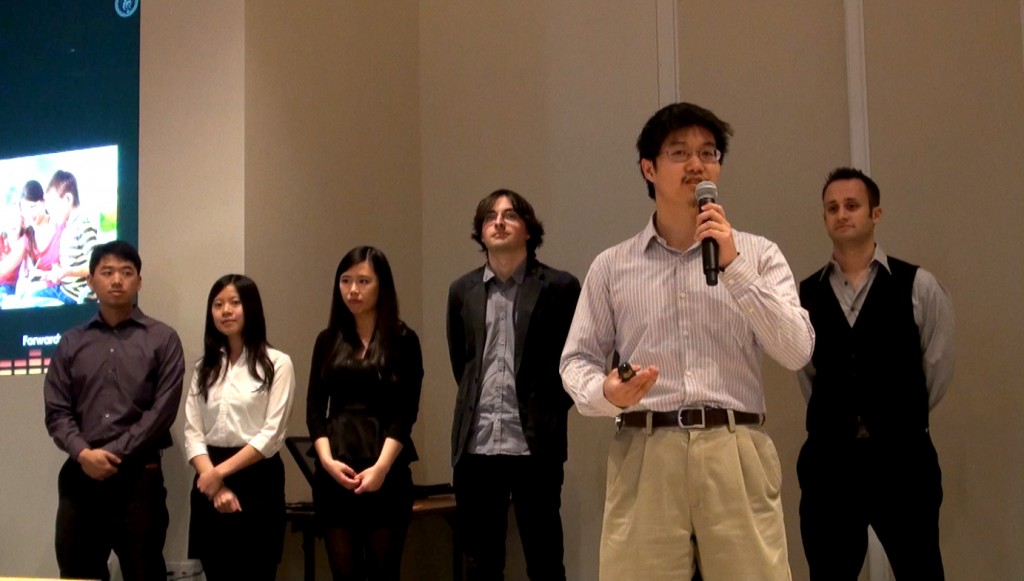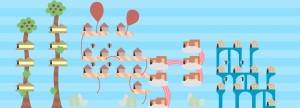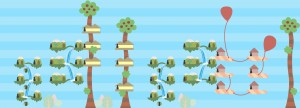
The Past 2 Weeks
Last week was Spring Break for all of CMU but that didn’t stop Bravura from working: we had a playtest with young boys in our demographic and the results were promising. This week, Bravura prepared for and gave our half-semester presentation / demo where we received even more useful feedback.
Spring Break Playtest
On Tuesday, March 12, Bravura had the chance to playtest our app with 18 boys from Markham Elementary School. Some of them had experience playing instruments, but fewer had tried to create music.
Overall, the kids had little trouble interacting with the experience, and most of their feedback was about wanting more features. They wanted to play more and longer levels and especially wanted the ability to share their creations. Some even asked when the app would come out so that they could buy it! The team is really encouraged because not only was this our first playtest with kids in our demographic, but it also confirmed many of the design choices and changes we’ve made to our prototype so far.
Halves Presentation
Halves presentations were on Friday this week, having been pushed back from Wednesday because of conflicts with EA. However, that just meant that the team had more time to prepare and we were well-rehearsed and confident by Friday. The presentation went smoothly, and the team got thoughtful questions about our work so far and our plans. One guest who had been at Quarters asked, “how are [music] guidelines currently implemented? ” and the team had an opportunity to talk about how we have utilized buildings and positive reinforcement to create a visual style to reflect musical structure without being overbearing.
Even more valuable, though, was the project demo that Bravura gave after the presentation. Guests had a chance to play with our prototype first-hand. The hands-on interaction allowed guests to give us more specific and targeted feedback. Their sentiments confirmed features we knew we needed such as feedback during playback, but they also had some interesting suggestions. In particular, both Roger and Govind mentioned that it might also be nice for there to be a level that starts with a familiar pre-existing song.
Looking Forwards
The whole team will be attending GDC next week and so the project will be on hiatus then. However, we intend to get right back to work starting the week afterwards. The team has already met post-halves and looked at the work that still needs to be done. We’ve prioritized the remaining features, and now that we’re wrapping up the line-drawing, sequencer, and voice systems that were pre-halves priorities, we plan to begin work in earnest on systems like level-creation, accompaniment-generation, and sheet music conversion.





